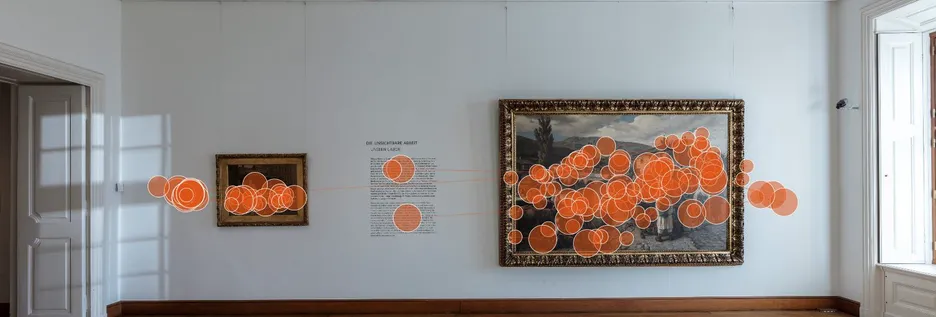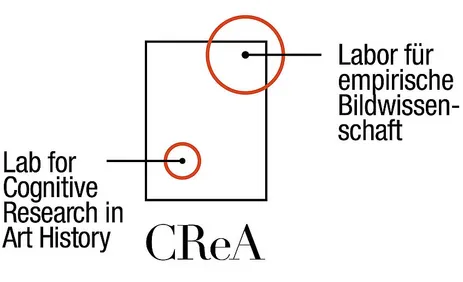The Museum Gaze
Description

Empowering Mobile Eye Tracking to Investigate Viewing Behaviour in Relation to Painting and Sculpture in Different Exhibition Displays
Visual perception is a complex process that involves a range of cognitive and sensory processes. Understanding how we process visual information is essential for a variety of fields, including psychology, neuroscience, and the arts. In recent years, there has been increasing interest in using eye-tracking technology to study visual perception, especially in the context of art perception.
Unlike previous studies, which were limited to remote eye trackers and 2D reproductions of artworks in clinical lab settings, recent studies have been using cutting-edge mobile eye tracking technology to capture eye movements in natural, uncontrolled settings such as museums. Our collaboration with the Cognitive Research in Art History (CReA) Lab at the University of Vienna aims to comprehensively investigate this complex phenomenon, which has long been of interest in art history and psychology. We are conducting four distinct research studies, each with a unique focus on different aspects of the museum gaze, in partnership with the experienced curatorial team at the Belvedere Museum in Vienna.

The data collected from these studies will be used to investigate the relationship between visitors' gaze and individual artworks, as well as their corresponding textual descriptions. By comparing the recorded eye-tracking data with self-reported surveys, we further aim to determine how visitors engage with and perceive artworks and how textual descriptions influence their perception.
PIs: Enkelejda Kasneci (TUM), Raphael Rosenberg (Uni Vienna), Luise Reitstätter (Uni Vienna)
Contact
Funding
Funded by the Deutsche Forschungsgemeinschaft (DFG KA 4539/4-1) and the Austrian Science Fund (FWF)



